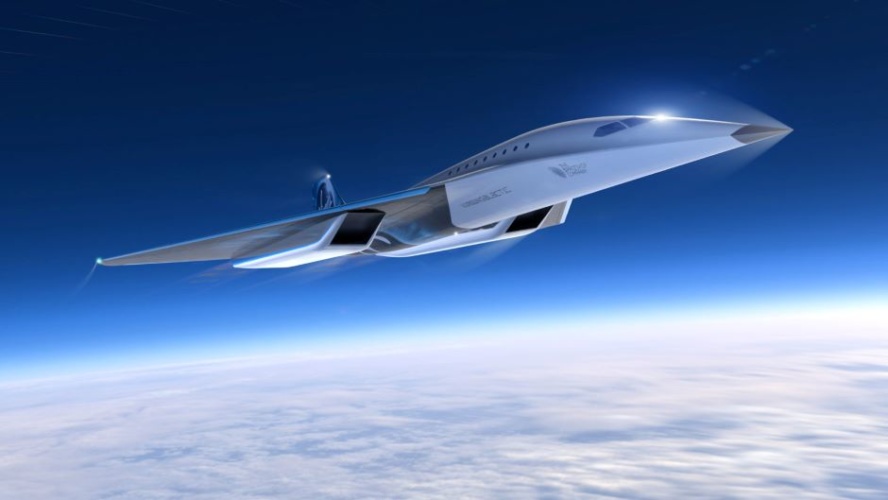
The company, which includes advanced air and space vehicles manufacturer The Spaceship Company (TSC), has also announced the first stage design scope for the build of its high-speed aircraft.
Boom and Rolls-Royce explore propulsion for supersonic Overture
This follows completion of its Mission Concept Review (MCR) and authorisation from the US Federal Aviation Administration’s (FAA) Center for Emerging Concepts and Innovation to work with Virgin Galactic to outline a framework for certification.
In a statement, George Whitesides, Chief Space Officer, Virgin Galactic said, “We are excited to complete the Mission Concept Review and unveil this initial design concept of a high-speed aircraft. We are pleased to collaborate with the innovative team at Rolls-Royce as we strive to develop sustainable, cutting-edge propulsion systems for the aircraft, and we are pleased to be working with the FAA to ensure our designs can make a practical impact from the start.”
According to Virgin Galactic, the basic parameters of the initial high-speed aircraft design include a targeted Mach 3 certified delta-wing aircraft that would have capacity for 9 to 19 people at an altitude above 60,000 feet and would also be able to incorporate custom cabin layouts, including Business or First Class seating arrangements.
The MCR concluded that the team can progress to the next phase of design, consisting of defining specific system architectures and configurations, and determining which materials to use in the design and manufacturing of the aircraft.
The team will also address key challenges in thermal management, maintenance, noise, emissions, and economics that routine high-speed commercial flights would entail.
Virgin Galactic said the Mach 3 passenger aircraft would take off and land like any other passenger aircraft and be expected to integrate into existing airport infrastructure and international airspace globally.





Poll: Should the UK’s railways be renationalised?
I think that a network inclusive of the vehicles on it would make sense. However it remains to be seen if there is any plan for it to be for the...